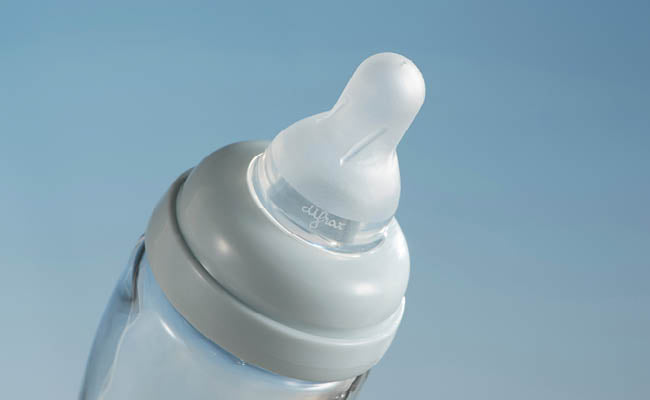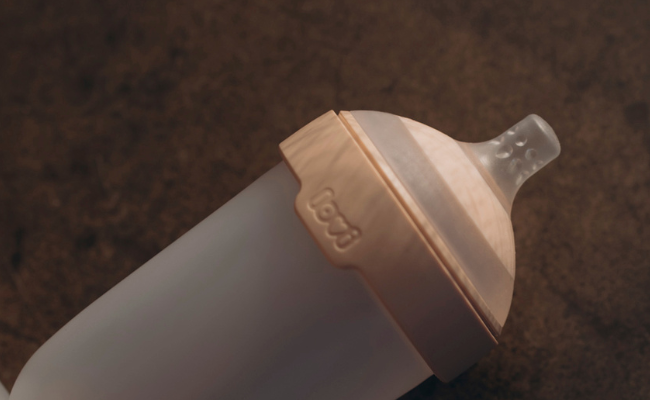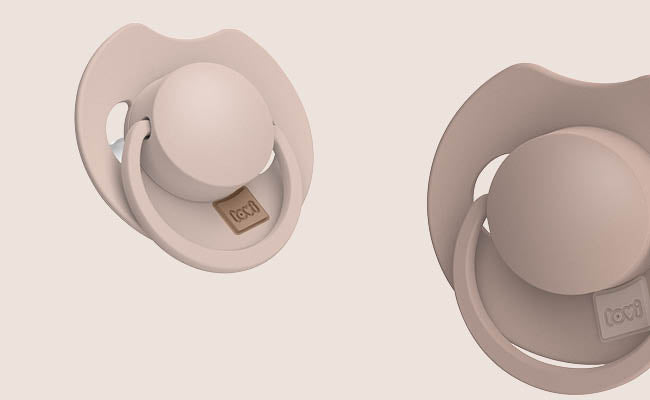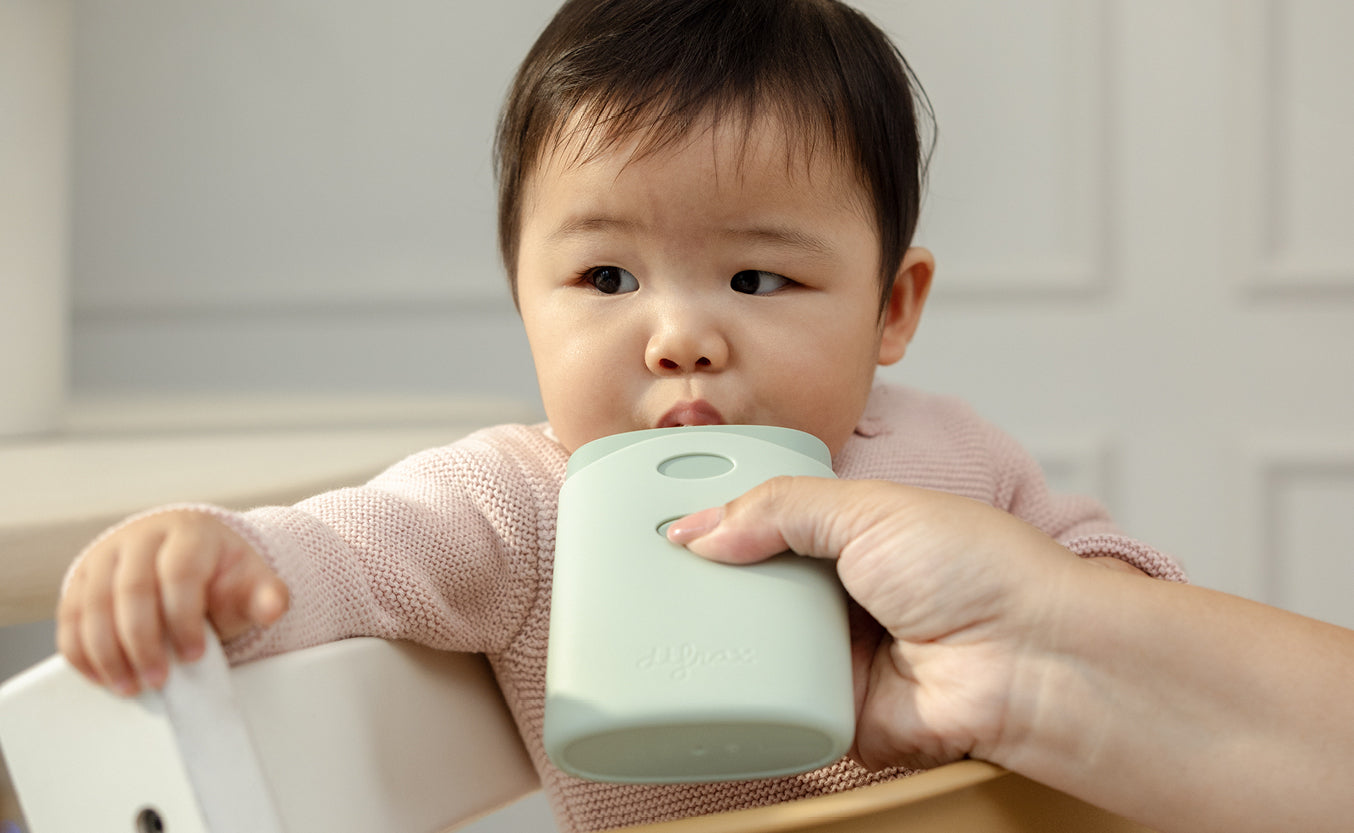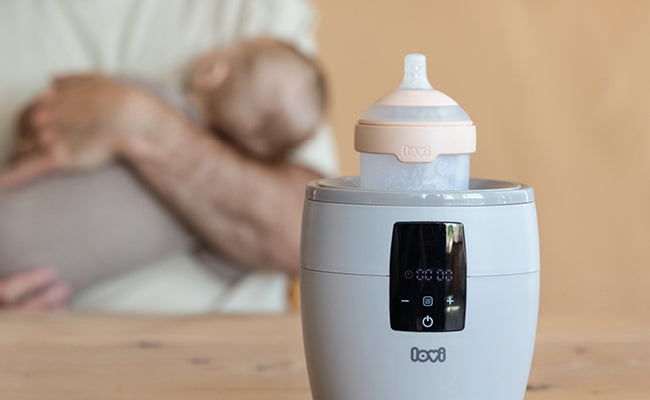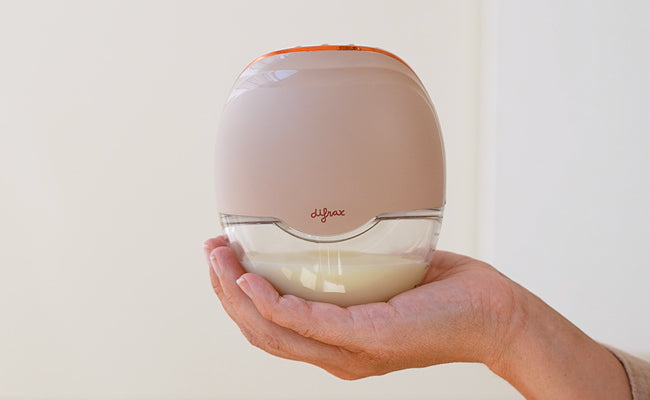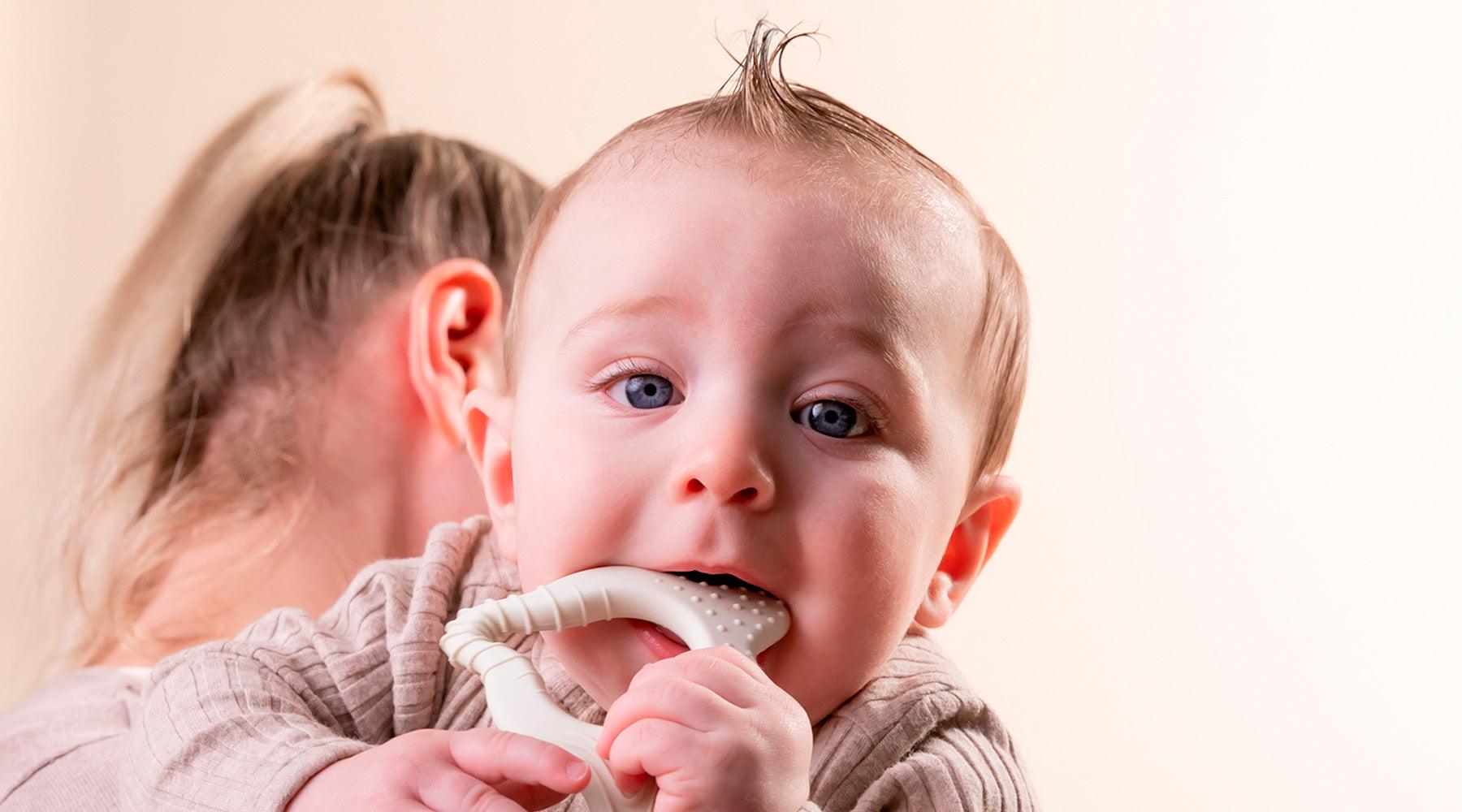
When to use a teething ring for your baby
When their teeth are coming through, babies have a great need to bite and chew. To meet this need to bite and chew, there are several different teething toys to choose from. There are teething rings that have a cooling effect, a massaging effect or a combination of the two. The massage bumps and different structures massage the gums to relieve pressure and pain from the gums.

The development of milk teeth
On average, milk teeth erupt when your child is 5 to 10 months old. Please note that this is an average. In practice there may be large differences. In some babies the milk teeth are not developed until after their first year of life, while in others the milk teeth are present at an early stage. This is nothing to worry about. Milk teeth usually come through in a fixed order: first the incisors are visible, especially in the lower jaw, then the canines and later the molars. The milk teeth are fully developed around the third year of life. The teeth then consist of 12 teeth and 8 molars.

How do I know if the teeth are coming through?
A erupting tooth can be easily recognised by a small lump on the gums. This may look more fiery. When the tooth is really on the verge of erupting, a whitish haze appears under the lump. The actual eruption of the tooth takes between a few weeks and a month on average.
Complaints during the development of the milk teeth:
- Drooling, weepy, high temperature and red cheeks.
- Other complaints: diarrhoea and nappy rash.
Did you know that some of the above symptoms are not directly linked to teething?
A swelling, for example, can also be caused by bacteria forming in the open gums. Babies are inquisitive and often put all kinds of objects in their mouths that have bacteria on them. These bacteria cause small inflammatory reactions that can lead to an infection. This is harmless and certainly not harmful for your baby. Diarrhoea can also be a symptom, which is more likely to be related to digestive problems than to teething. Digestive problems often arise during the transition phase from liquid to solid food and the presence of large amounts of fluid in baby food. Diarrhoea is common during this phase and also causes nappy rash.
Babies often experience fewer symptoms when the incisors come through. However, the gums are somewhat sensitive and your baby will also drool more at this stage. The urge to bite or chew on something increases considerably.
Which teething toy is best for my child?
Difrax's range includes a wide selection of teething toys which help to alleviate pain and provide for your child's need to bite and chew. All these teething toys have been developed in collaboration with speech therapists and dentists.

3-in-1 teething ring
Milk teeth come through in three stages: first the incisors, then the canines and finally the molars. Difrax has developed a teething toy especially for this purpose, with three different structures to support your baby during each phase. Tip! The 3-in-1 teething ring can be cooled in the fridge for extra pain relief.

Combi teether
This teething ring has an extra water-filled section for long-term cooling of fiery gums. The extra gripping ribs make the Combi teether easy to hold.

Crown teething ring
This unique teething toy offers a combination of playing, biting, cooling, mouth development and care. The Difrax crown teething ring contains a water-filled section in the wings of the dragonfly.

The first tooth, now what?
Has the first tooth come through? Then it's time to start brushing. If you want to know everything about learning to brush your baby's teeth, read our blog about brushing a baby's teeth.



